|
Mission Statement: We envision not reinventing the wheel but [re]Design(ing) it. We exist to provide new perspectives by advocating and supporting educators. We blend relevant teaching practices to ensure a future of creative thinkers, makers, artists, and designers. Welcome to [re]Design(ing): Art Education, where Roni and Jessi are here to give you a fresh perspective on art program design and development. Whether you are embarking on the exciting journey of designing your first art program or seeking to revitalize and redesign your existing curriculum after years of teaching, our consulting services and website offer invaluable resources and expertise to guide you toward success.
With a passion for art education and a wealth of experience in the field, Jessi and Roni understand the ever-evolving landscape of artistic instruction. We strive to develop art instruction that utilizes relevant instructional practices like choice-based, play-based, STEAM, arts integration, social-emotional learning (SEL), design thinking, project-based learning, and more. Our collaborative approach aims to empower educators like you to inspire the next generation of artists, designers, and creative thinkers. We follow four values. These values are ingrained in our teaching and will reignite your school communities! Creativity-The phenomenon of creating something that never was by using imagination and original ideas. That’s creativity to build upon what was, is, and move forward bravely. At [re]Design(ing) Art Education, we embrace blending pedagogies to sustain art education and enhance creativity. We’ll show you how. Kindness-Empathy, generosity, and friendliness are all actions in our creative spaces and classrooms. We take diversity, equity, and inclusion seriously by creating safe havens, and utilizing blended pedagogies encouraging our students to work together and move the needle forward for a better tomorrow. Innovation-A light bulb flashes! Basic, Breakthrough, Disruptive or Radical innovation depends on your frame of mind, colleagues, students, and learning environment. We make meaning by giving you the language and tools to help your creative program be understood by your community. We thrive on developing, blending, and designing innovative instruction tailored to your communities values and goals. Transformation-Need new experiences for your teachers and art educators to help their students engage? Keep learning fresh, sticky, and innovative! The four phases of transformation are (a) having experiences; (b) making assumptions; (c) challenging perspectives; and (d) experiencing transformative learning. We can help you build onto your curriculum, transforming your teaching with our integrated pedagogy approach. Our consulting services and professional development opportunities are designed to meet the unique needs and goals of your art teaching programs. Whether you require assistance in designing a comprehensive curriculum, integrating new technologies, implementing inclusive teaching practices, or evaluating and enhancing your current program, Jessi and Roni are here to provide personalized guidance and support. In addition to our consulting services, our website serves as a virtual hub of inspiration and knowledge. Here, you will find designed and curated resources, professional development lesson plans, and instructional materials, to equip you with the tools to support you. Join us at [re]Design(ing): Art Education, and embark on a transformative journey to redefine and elevate your creative program. Together, we can shape the future of art education and empower the artists and designers of tomorrow. Let's get designing! Roni and Jessi
0 Comments
In the world of education, finding unique and effective ways to engage students can be a challenge. Traditional teaching methods often need more room for creativity and self-expression. However, TASK parties, a concept introduced by artist Oliver Herring, offer a refreshing and dynamic approach to classroom engagement. In this blog post, we will explore what TASK parties are and discuss why implementing them in the creative space can benefit students and educators.
*If you are new to TASK parties, watch the YouTube video below. I also share this video with students after the first time they complete a TASK party. What is a TASK party? A TASK party is a collaborative and participatory art event where individuals come together to complete a series of creative tasks. Participants are encouraged to step out of their comfort zones, engage in spontaneous play, and explore their own unique creative potential. It is an inclusive and interactive experience that fosters connection, collaboration, and self-expression. Why begin with a TASK party? Starting the classroom experience with a TASK party sets the tone for a fun and engaging learning environment right from the beginning. It helps break the ice and creates a sense of community among students. By actively participating in creative tasks, students become more comfortable expressing themselves, fostering a positive and inclusive classroom culture.
How to get started?
To introduce TASK parties into the classroom, it is essential to set up a structured framework. This includes writing appropriate TASK prompts that align with the students' developmental level, launching the activity with clear expectations, and above all, ensuring that it is a fun and enjoyable experience for everyone involved. There is often a common misconception about wasted materials and mess. Remember that the teacher can control what materials are being used. The best materials are newsprint and recycled paper, cardboard, tape, glue, crayons, pencil, sharpie, scissors, and blocks. It can be helpful to add in a TASK to clean up the scissors or stack all the papers to help keep the room from getting too messy!
Utilizing TASK Parties with a Blended Approach
Incorporating TASK parties into the curriculum provides an innovative and blended approach to learning. By integrating art and creativity, these parties offer a refreshing alternative to traditional teaching methods, fostering student engagement and enthusiasm. Below are different ideas on how to incorporate a TASK party:
Download a FREE Google Slides copy of Primary TASK cards.
Integrating TASK parties into the classroom offers a transformative and engaging approach to education. By prioritizing creativity, collaboration, and self-expression, these parties not only foster a positive classroom culture but also develop essential skills for students' future success. So, why not embark on this innovative journey and make learning a joyful and enriching experience for all? Let the fun begin!
|
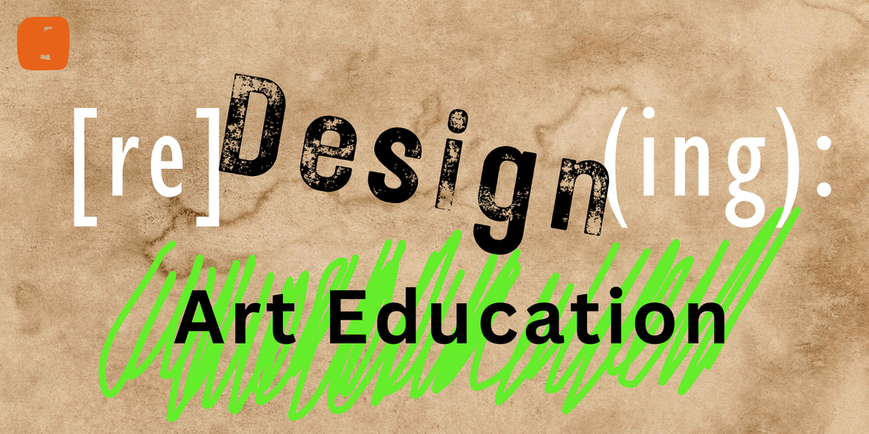
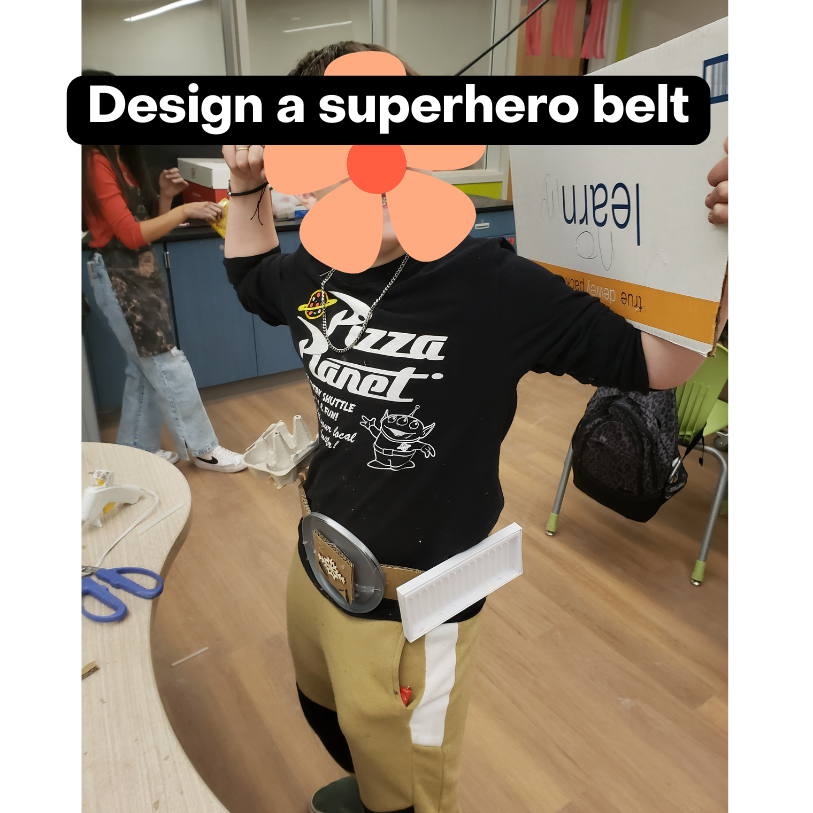

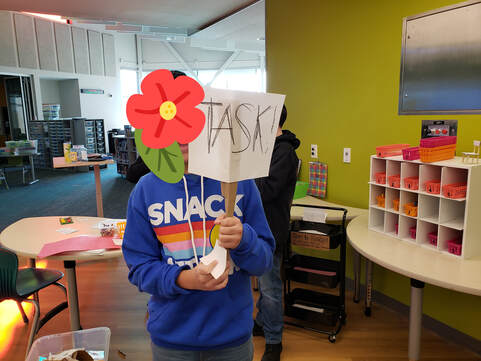
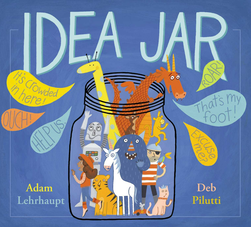
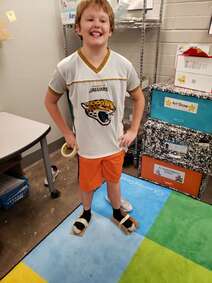
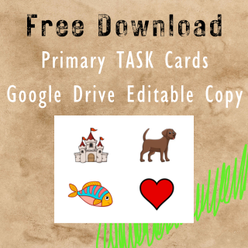
 RSS Feed
RSS Feed